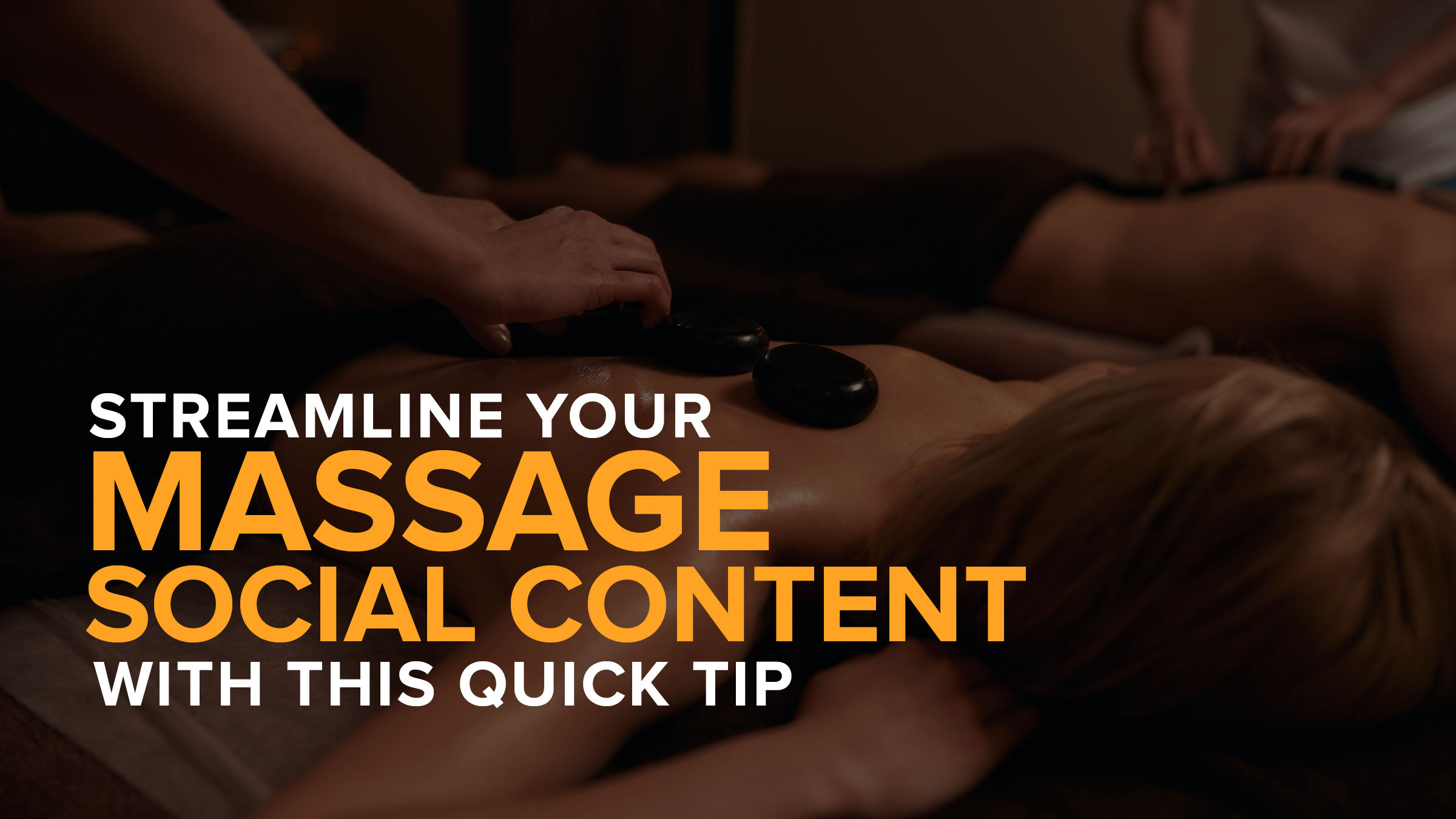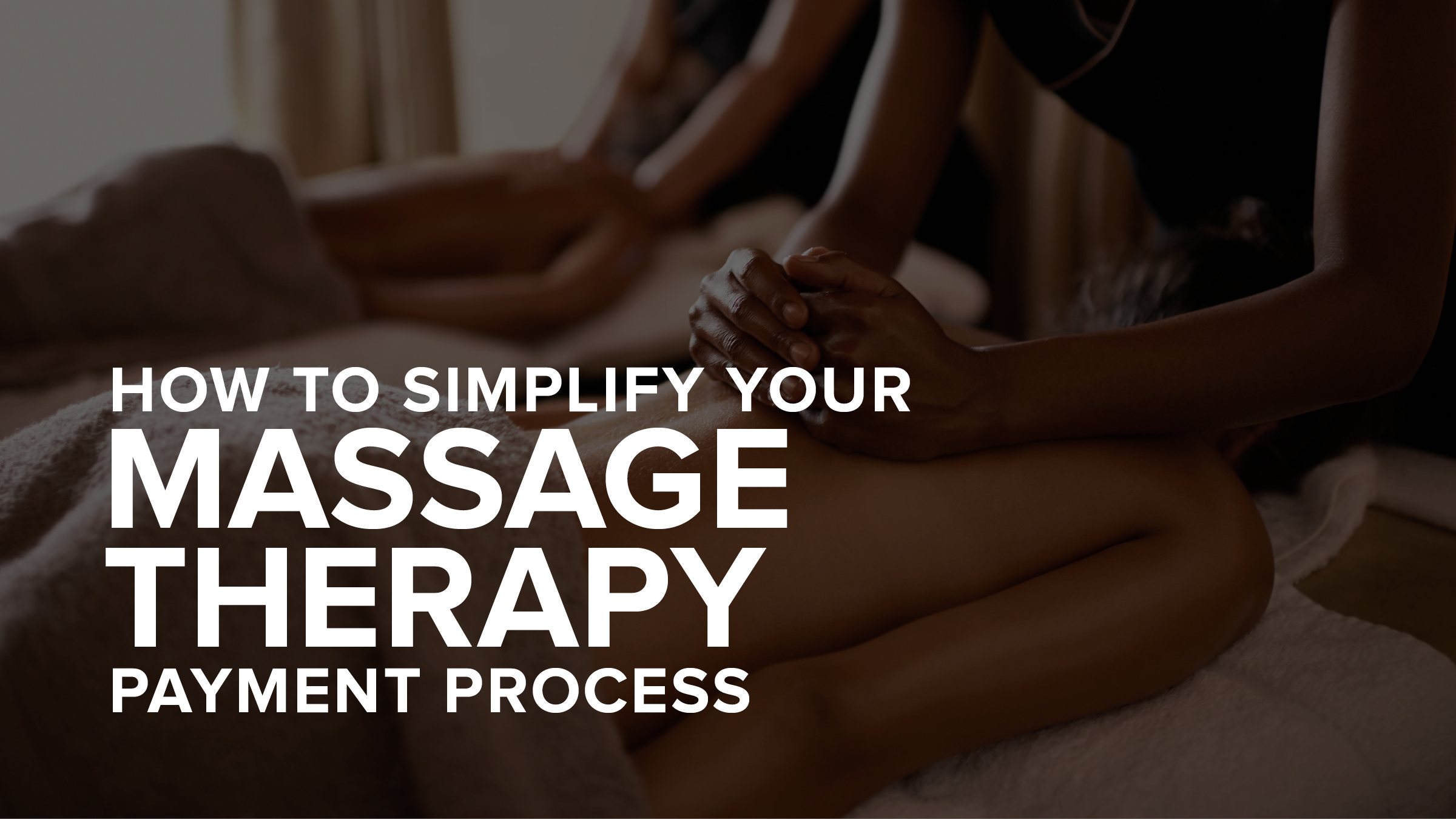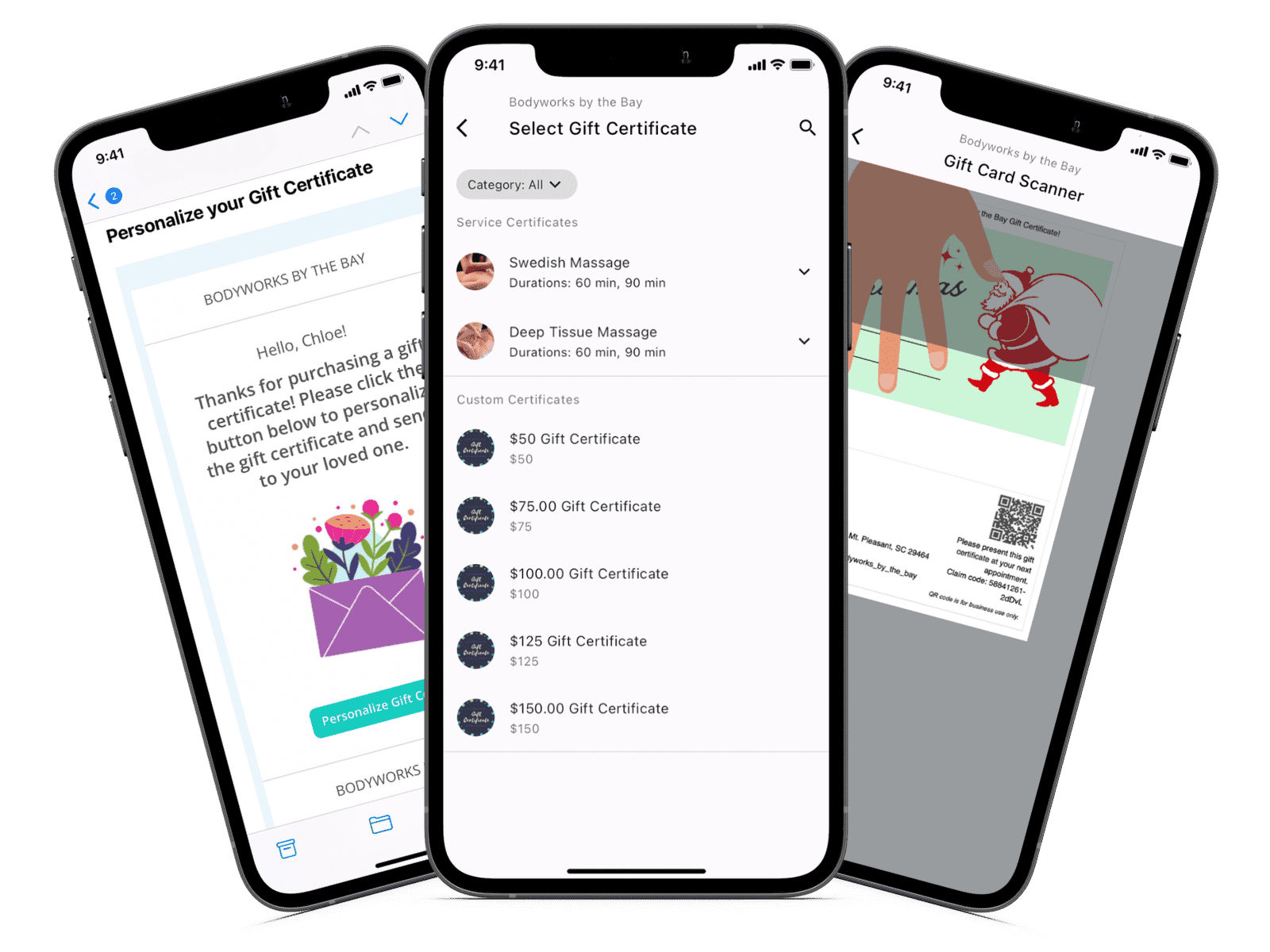Back-to-School Tips Massage Therapists Can Share With Clients
- Amber Ludeman
- August 13, 2020
- - Healthy living
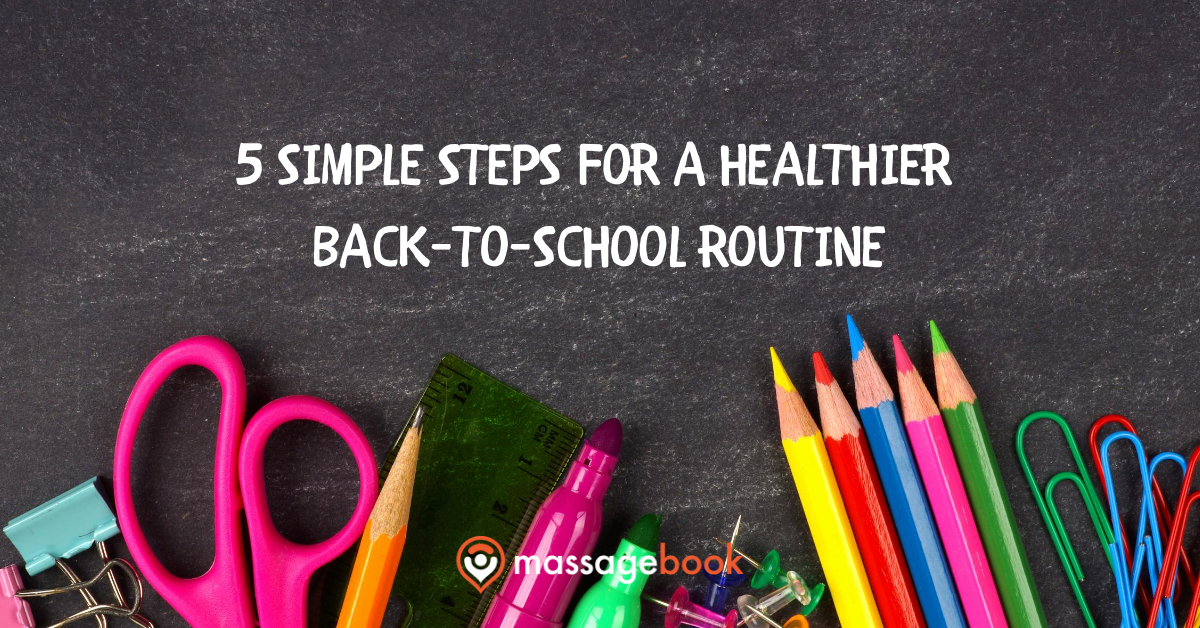
Ahh, back to school. Remember when the biggest worry was whether to get the watermelon or unicorn lunch box? Now those days feel far away and frivolous.
As we ponder how back to school looks during the pandemic, we here at MassageBook want to help massage therapists and their clients create and maintain healthy routines — no matter where or how the kids are being schooled.
It’s a stressful, confusing time for everyone. As a massage therapist who has the power to bring relief to those in need, staying in the right state of mind will help you continually support your clients who have come to rely on your services.
For better or worse, life at home can directly impact life at your massage practice. Follow the five steps below to help you ease back-to-school stress during this unpredictable transition.
Even if you don’t have kids of your own to take care of, these tips can apply to anyone who is looking to add more stability to their day. Plus, you most likely have clients with families who could benefit from better routines around the house. Read on to find your favorite advice that you can start sharing today!
1. Write down your goals for the school year.
Goals aren’t just for your career or exercise regimen, and they can absolutely involve the entire family.
One night over dinner, sit down with your kids and ask them what they want to accomplish this year — and how they want to feel every day. Parents should do the same.
But don’t just talk…
Write them down!
Some examples might look like this:
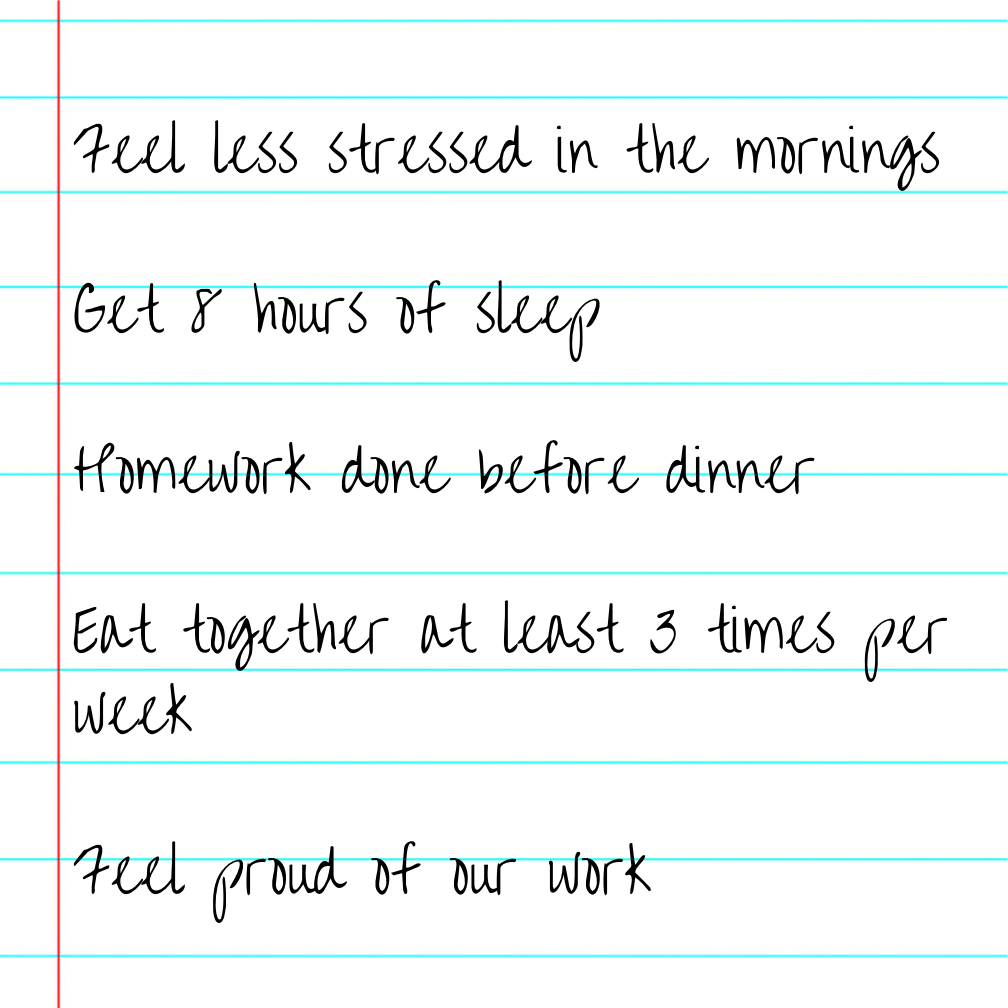
2. Build your goals into your routines.
Now that you have your goals, start creating smaller steps to make each one happen.
Let’s start with “feeling less stressed in the morning.”
What makes mornings stressful? Making breakfast, kids can’t find their shoes, someone is arguing about who gets to use the bathroom, work clothes aren’t pressed, and the list goes on and on.
We can’t always avoid the flat tire on the way to work or traffic in all directions, but we can control our home and make it work better for us.
Some easy things you could build into your routine that would make for smoother, easygoing mornings include:
-
Everyone chooses their outfit at night and lays it out for easy access before bed.
-
Everyone helps tidy up shared spaces before bed so no one is tripping over backpacks and shoes.
-
Set alarms for 15 minutes earlier to prevent rushing.
-
Make and pack meals the night before.
-
Take baths or showers at night.
Want better sleep to be part of your healthier routine? We all do!
Here are some practices you can put into place not only for yourself but also for your family:
-
Have a “devices off” time. Experts recommend no screens at least an hour before bedtime, so that means if your kids go to bed at 8pm, devices should be off by 7pm. Coincidentally, this gives them plenty of time to implement their new evening routine!
-
Warm baths and reading in bed can quiet the mind and prepare the body for restful sleep, not only for kids but adults too.
-
Get in bed 15-30 minutes earlier than you normally would and resist the urge to scroll your phone or watch TV, as this will just prolong the time until you’re sleep.
-
Turn the air conditioning down one more degree. Experts agree that cool, dark rooms allow for the best sleep conditions.
-
Lastly, especially if you’re easily distracted, try using white noise to drown out small sounds that can keep you awake.
If you want to feel proud of yourself and your family’s accomplishments at the end of the week (even on the not-so-great weeks), we recommend implementing a little tradition for Friday or Sunday night dinner where everyone shares what they are most proud of or grateful for that week. It’s bound to keep you in good spirits!
3. Get organized around the house.
Here is one that most people fear: organization.
While some people have used the pandemic to organize every room, cabinet and closet, others have been too exhausted to do it.
Don’t worry — this is a judgement-free zone!
If you need help getting organized, we recommend starting small and working your way up. Breaking big tasks into smaller, more manageable pieces is proven to help with motivation. In addition, we recommend starting with high-traffic areas first so that you can feel the immediate effects.
In other words, don’t tackle the guest room (that has acquired every knickknack in the last five years) first. Tackle your entryway or mudroom where you’re always tripping over shoes, jackets and backpacks.
Lucky for us, we have more resources than ever before when it comes to organization (it’s called Pinterest, people), but here are some really easy, overarching rules to remember:
-
If you haven’t used it in a year, donate or toss it.
-
If the clutter can’t be helped, do your best to hide it. Install shelves, get a basket or hang it.
-
Use all available space. Don’t let a high shelf or cabinet sit empty. Put something there that is only used occasionally.
-
Make any frequently used item easy to access and put back.
-
Nothing lives on the floor.
-
Everything should have a home.
-
Empower your family to choose where things belong, and lead by example. (No one is going to create the habit of organizing if you don’t!)
4. Utilize a family calendar.
If there’s a little less social distance in your life these days, there’s nothing worse than forgetting a soccer game, your day for school snacks or an early morning meeting. That’s why we recommend getting a family calendar — both paper and digital!
For those who love digital, sync events to all family members’ phones. This will help them remember what everyone else is doing before they ask to add to it.
For paper, we especially like calendars that have a spot for notes in addition to day blocks. This can be a good place to put weekly goals, long-term projects or grocery lists.
5. Create a mindfulness practice.
Not everything is going to go our way, despite our best-laid plans. Mindfulness is essential to dealing with stressors more effectively as they come up. It is a psychological process that allows people to deal with the present moment without judgement. This includes the circumstances and the feelings that surface in those circumstances.
Mindfulness is usually practiced through meditation, but it doesn’t have to mean hours of “Om”-ing. Mindfulness can be practiced in just 5-10 minutes per day with the help of deep breathing and coaching.
The reason we love integrating a mindfulness practice into a routine? Because it helps calm our nerves, rejuvenates us, and resets our focus and attention. But most importantly, it’s a practice that only gets better with time. Therefore, making it an integral part of your back-to-school routine now can mean setting yourself up for success in the future.
Feeling more empowered knowing that you can accomplish these five simple steps? Get started with #1 tonight!
But before you go, there’s one obvious thing we didn’t mention above that should always be part of a healthy routine: regular massage and bodywork, of course.
Massage therapists are people just like everyone else — don’t forget to book your next appointment with a fellow service provider soon. And while you’re at it, your clients could probably use a friendly reminder to pay you a visit too.
Got other back-to-school tips that have helped you regain your sanity? Share them with us on the MassageBook Facebook page!
- Author: Amber Ludeman
- Published: August 13, 2020
Grow and simplify your practice!
Related Posts
Recent Blog Posts
Categories
Categories Index ( 21 )
- Friday focus (9)
- Massage therapists (42)
- Massage therapy benefits (7)
- Marketing (157)
- Massagebook features (12)
- Healthy living (12)
- Press (2)
- Practice management (55)
- From our ceo (3)
- Software releases (23)
- Education (5)
- People focus (3)
- Types of therapy (1)
- Uncategorized (1)
- Massagebook (36)
- Massage therapy (4)
- Massage practice (1)
- Massagebook (1)
- Fun (1)
- Guest blog (1)
- Resources (2)
